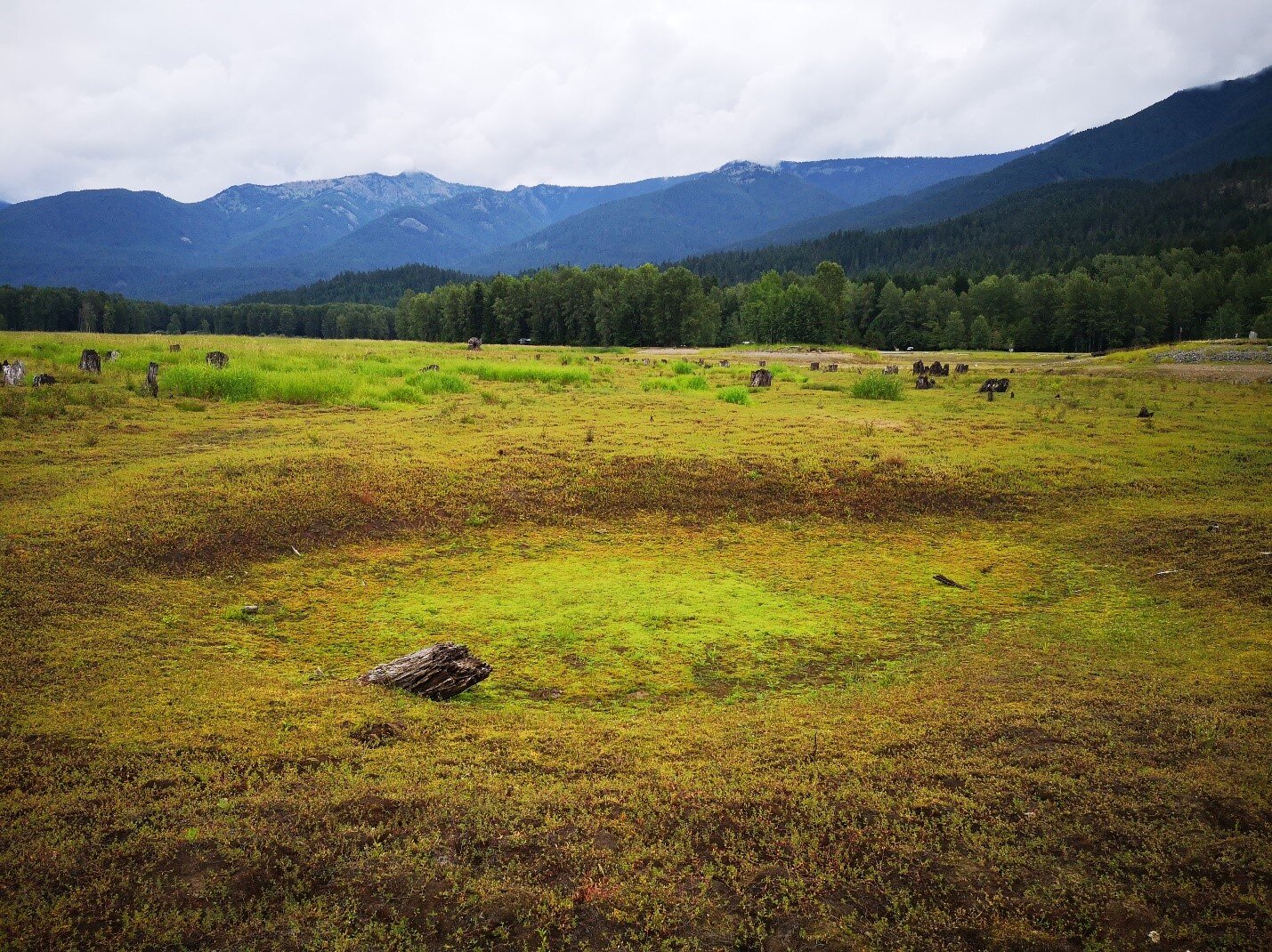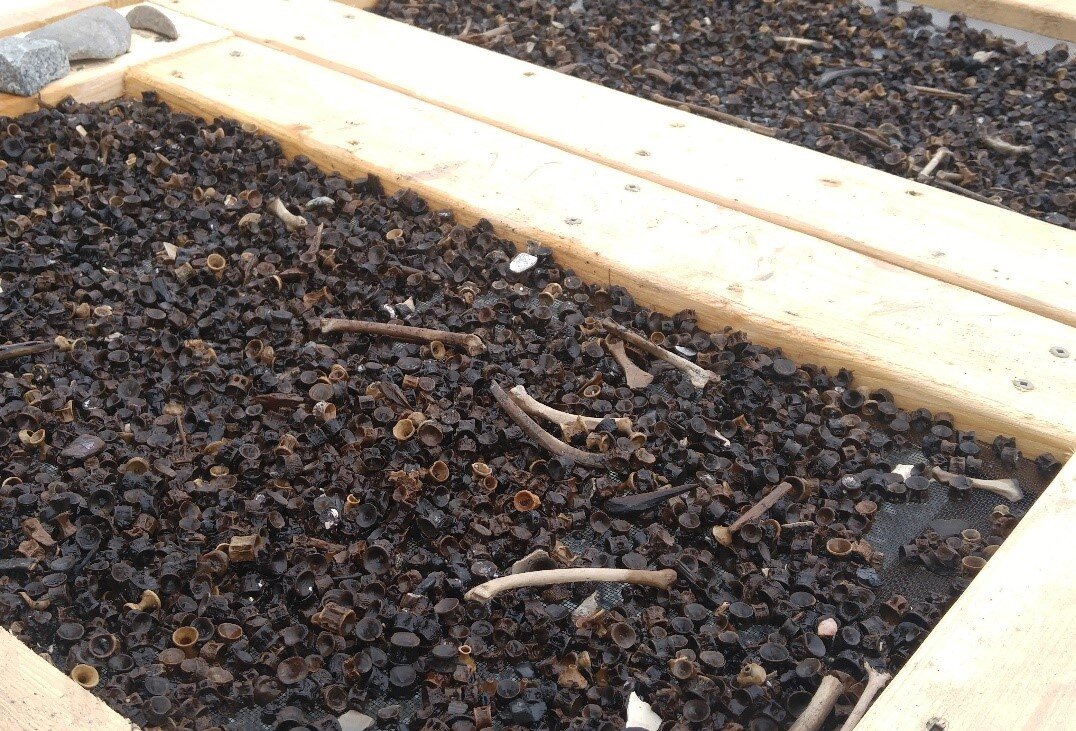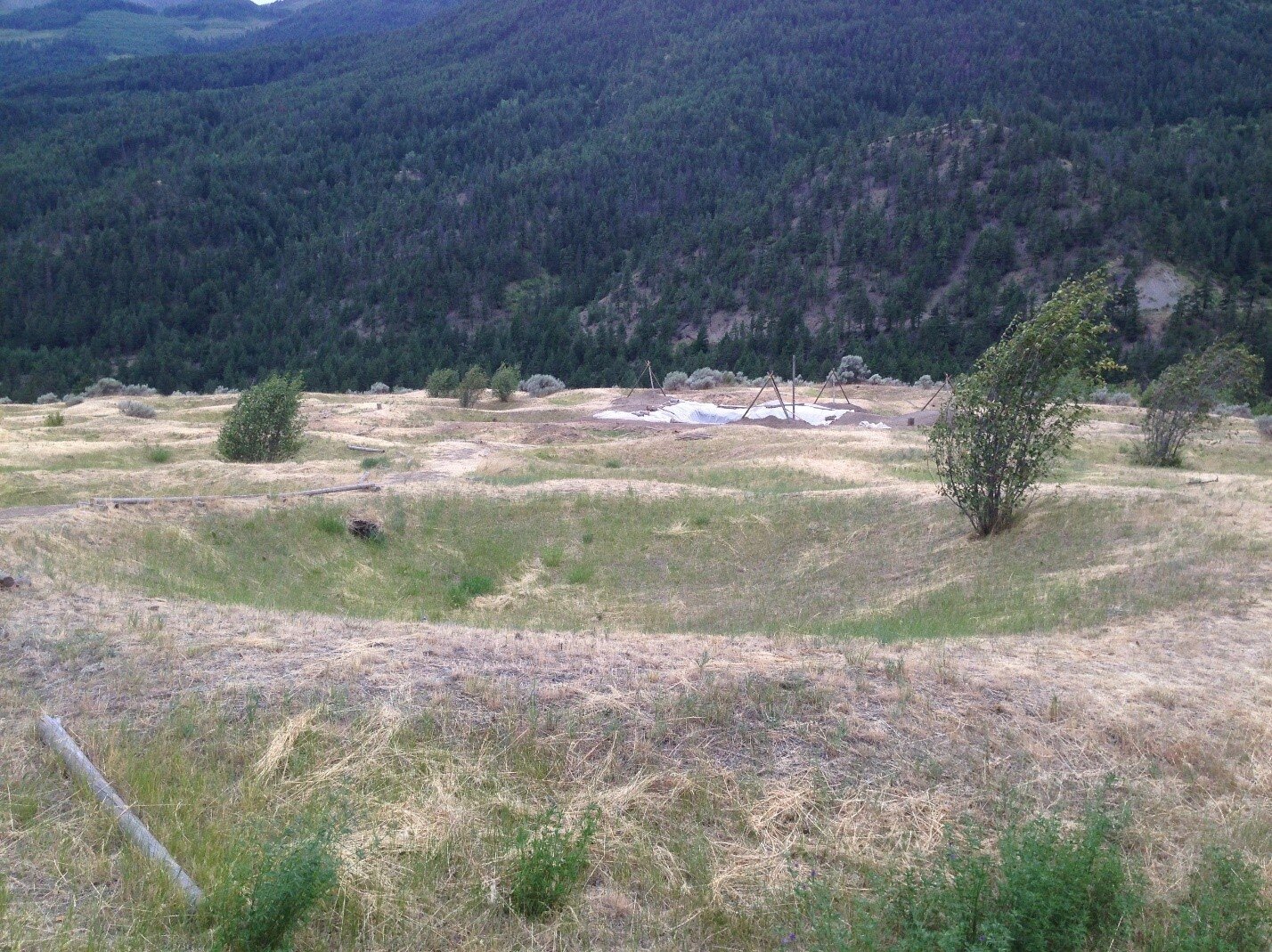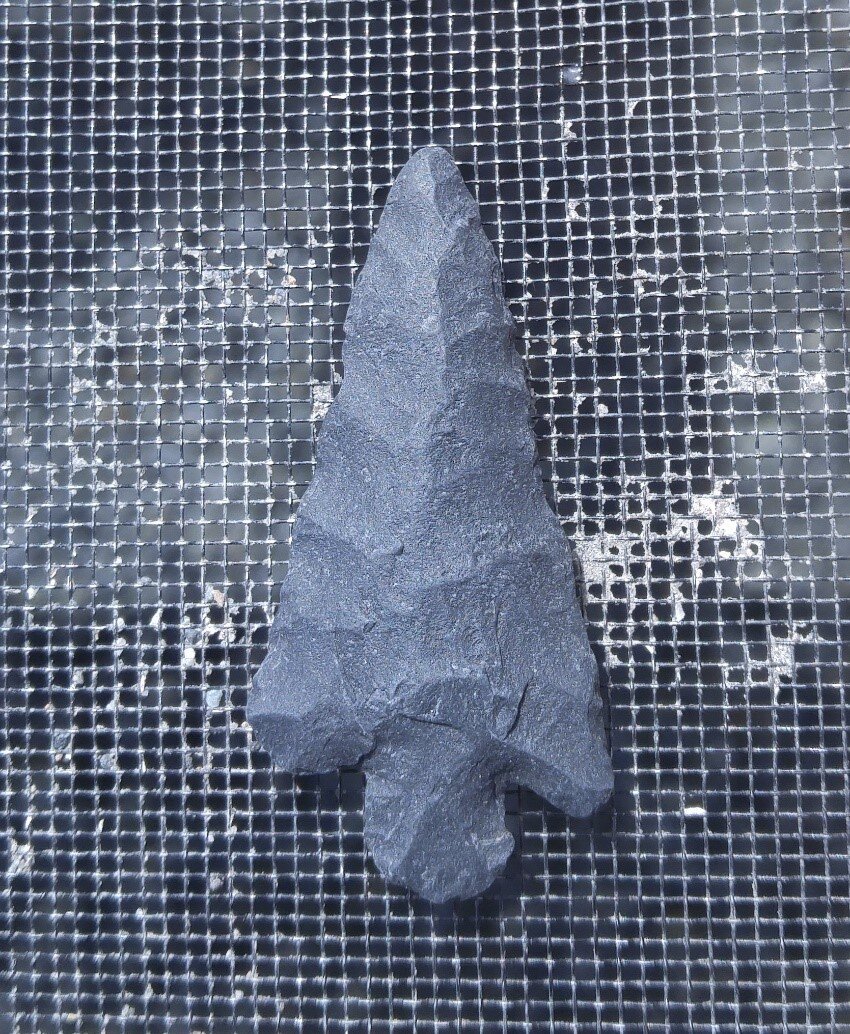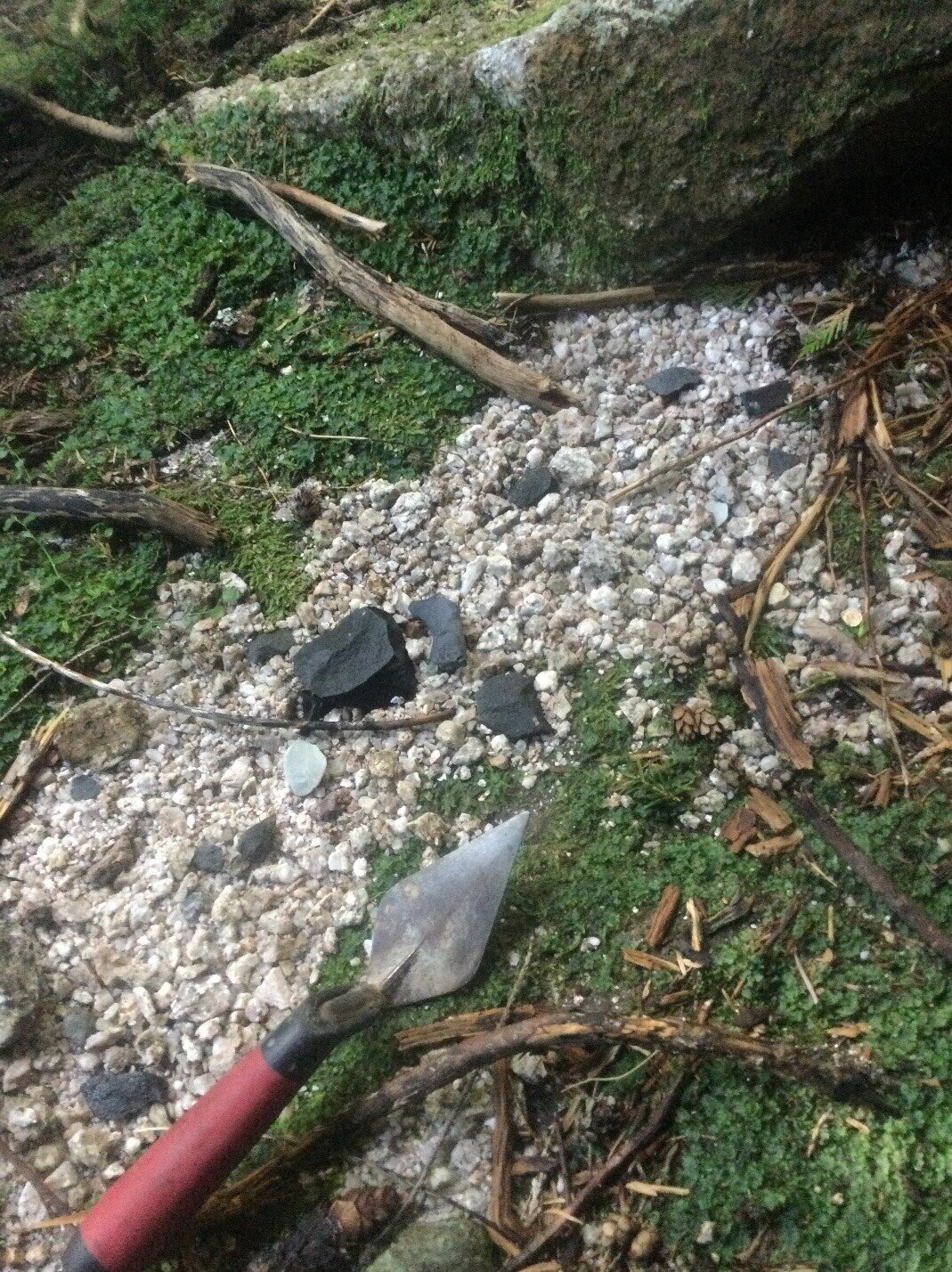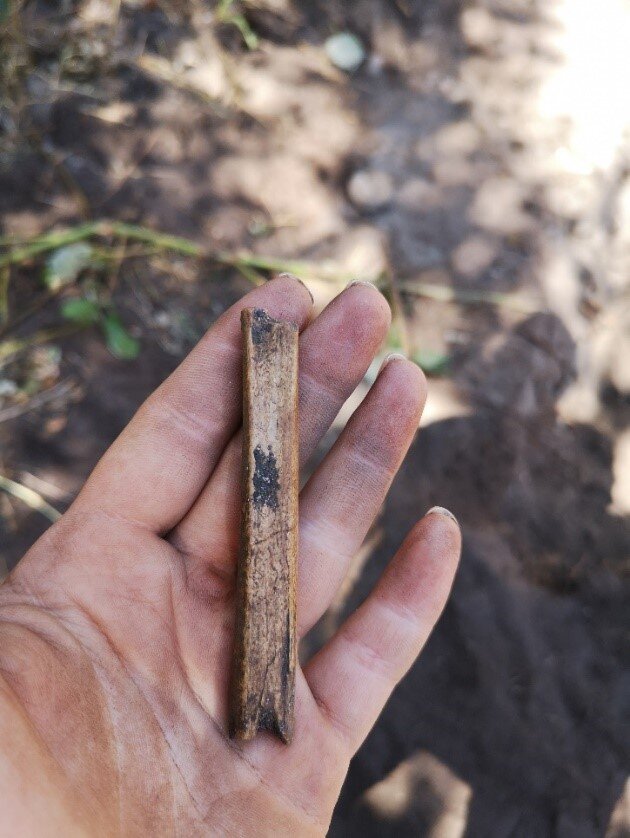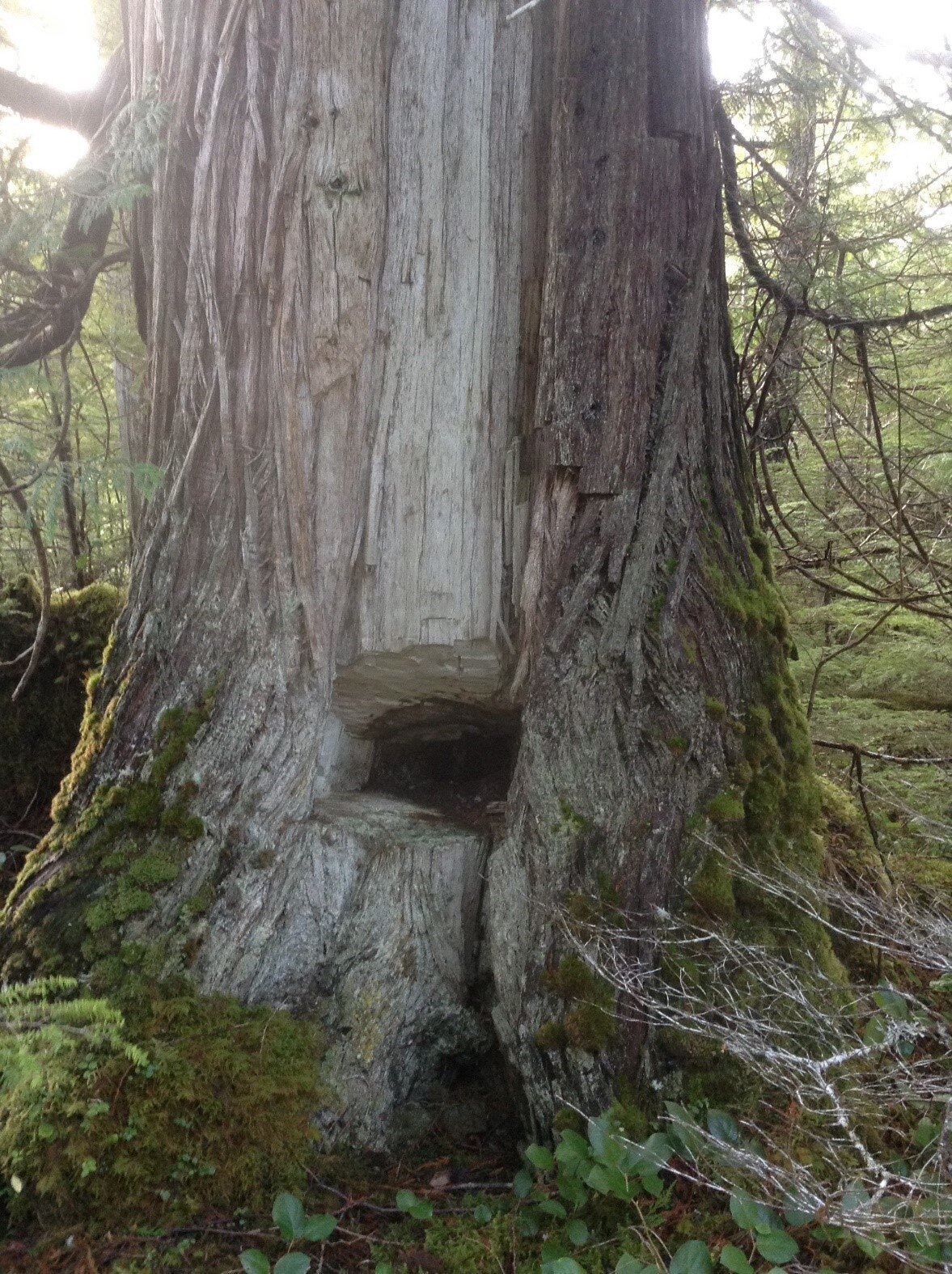ARCHAEOLOGICAL RESEARCH
Our archaeological team has extensive experience working in British Columbia. We offer a range of archaeological research services including Permitting, Preliminary Field Reconnaissance, Archaeological Overview Assessments, Archaeological Impact Assessments, Post Impact Assessments, Archaeological Site Alterations, Research Focused Excavations, and Chance Find Management Plans. Our archaeologists work with proponents every step of the way to navigate BC’s archaeological process and produce a comprehensive archaeological assessment.
Archaeological Research
When it comes to archaeology, EcoLogic’s philosophy remains get it right the first time. We are focused on guiding our clients through the archaeological process efficiently while conducting thorough archaeological assessments. Our experienced archaeologists offer guidance and insight every step of the way.
Our team believes that conducting thorough archaeological assessments must include meaningful and continuous involvement from the First Nations whose cultural heritage we study. We recognize the significance of archaeological sites to the First Nations people who continue to live on and use this land. Our archaeological team is privileged to work with these First Nations leaders, the communities, and their cultural heritage.
EcoLogic offers a variety of archaeological research and analysis services.
Archaeological Overview Assessments (AOAs): An AOA is intended to identify areas of high and low archaeological potential within a project or study area. This assessment is a desktop review and does not always include a field component, though sometimes preliminary field reconnaissance (PFR) is conducted as part of the larger AOA. Areas of potential are defined by conducting a review of archival data, ethnographic information, existing archaeological assessments, maps, and potential models.
Preliminary Field Reconnaissance (PFR): A PFR is a field survey that is conducted to verify the results of an AOA. A PFR is often conducted without a Section 12.2 Heritage Inspection Permit and therefore does not include subsurface testing to determine the presence or absence of archaeological sites. Archaeological sites that are identified during a PFR (such as CMTs, archaeological deposits evident in natural ground exposures, and surface finds) may be recorded and further defined during an archaeological impact assessment (AIA).
Archaeological Impact Assessments (AIAs): An AIA is a systematic inventory of archaeological sites present within the Study area. This assessment must be conducted under a Section 12.2 Heritage Inspection Permit. An AIA may consist of a pedestrian survey, subsurface testing, and/or monitoring as a means of site identification (Archaeology Branch 1998).
Post Impact Assessments: Post Impact assessments are conducted after archaeological sites are encountered without prior archaeological assessment or archaeological oversight or when natural events (such as erosion) impact an archaeological site. These assessments determine the level of impact to the site and offer management recommendations and next steps.
Research Focused Excavations: Research focused excavations differ from other kinds of archaeological assessments as they are driven by a research question or goal rather than proposed developments.
Historical Research and Analysis: Identification and analysis of historical (post-1846) sites and historical objects and mapping and recording of historical (post-1846) buildings and feature.
Lithic Analysis: Identification, analysis and interpretation of stone tools and the products of stone tool manufacturing.
Faunal Analysis: Identification and analysis of faunal remains found in archaeological contexts.
Wet Site Excavation and Short-Term Conservation: Our archaeological team has extensive experience working with perishable materials found in wet sites. These materials require skill and special care to collect, clean, and conserve prior to long term preservation.
